Located off the coast of Morocco and part of Spain, the Canary Islands have been gaining popularity lately as a nomad and remote work destination.
I got my first taste of the Canaries during the pandemic when many borders around the world were closed, but I could luckily still travel to Spain. Far from just a European substitute for Bali or Mexico, I discovered the Canary Islands are an incredible destination in their own right. They shouldn’t have escaped my notice for so long!
I spent two months hopping between four islands: Tenerife, Gran Canaria, La Palma, and La Gomera.
During my time on the archipelago, I quickly came to realize that for Europeans, a bit of paradise may be closer than we think. If you’re coming from further away, the Canaries also make for an original European destination with great weather, even in the winter.
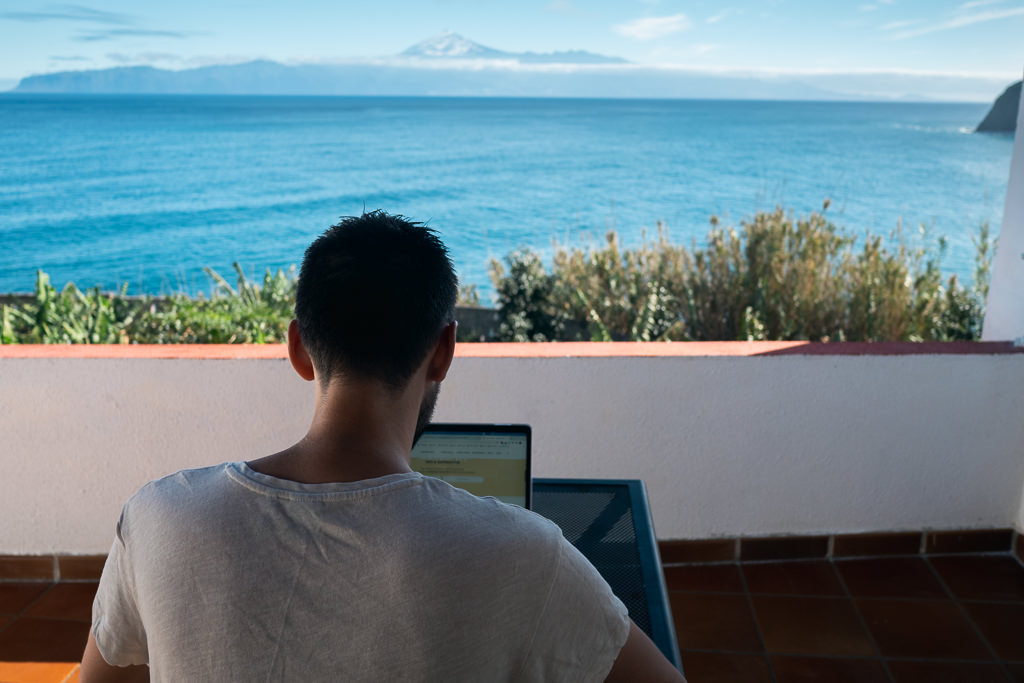
Plan your Canaries stay
Why the Canary Islands?
The Canaries make for an ideal remote worker and digital nomad destination. Although certainly not as cheap as certain popular nomad places in Asia, the islands have many factors in their favor.
Climate. The weather is close to perfect year-round; always spring-like or summery, never too hot or too cold. Thanks to being in the southernmost part of Europe, the Canaries get plenty of sunshine, but the Atlantic winds prevent temperatures from rising too high (unlike, say, Morocco in summer, which gets utterly scorching).
Easy to fly to. Since the Canaries have been a major tourist destination for decades, you can find cheap direct flights from all over Europe. The islands with the most international flights are Tenerife and Gran Canaria.
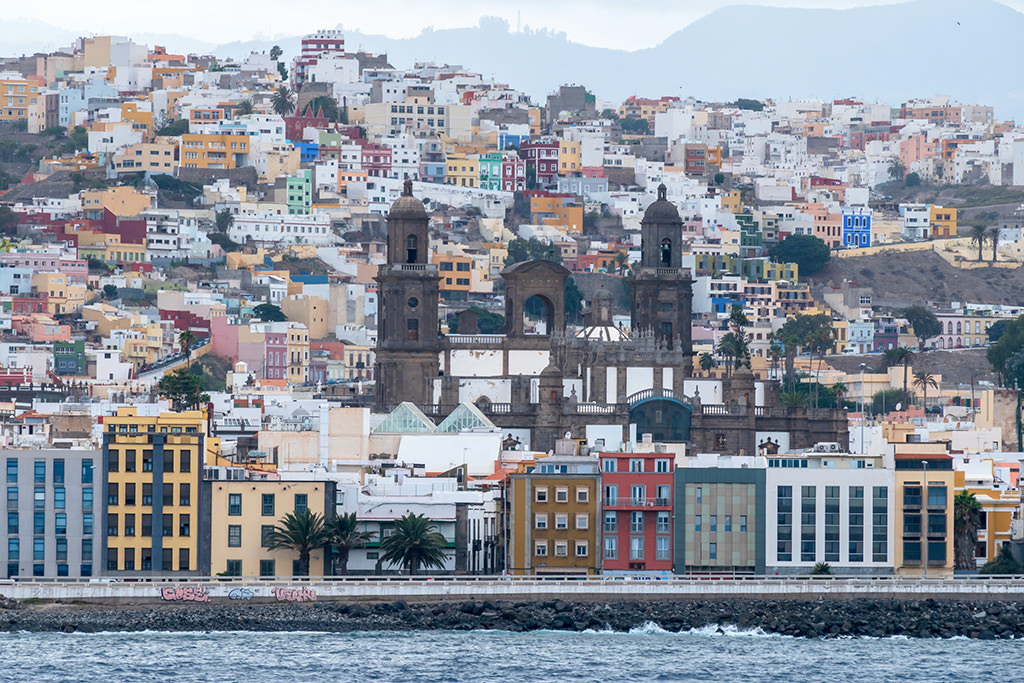
Reasonable costs. The Canaries may not be as cheap as the likes of Chiang Mai or Bali, but costs are low compared to mainland Europe, especially if you’re sticking to the less touristy zones. A one-bedroom apartment will cost around 1000 Euros a month. I thought groceries were very cheap, even compared to inexpensive Lisbon, where I’m normally based. (Part of this may be due to the islands not having any VAT, thanks to being a special region of Spain.)
Nature & ocean. If you’re the outdoorsy type, then these islands are simply great! There is superb hiking on every island. The waters are great for a swim, surf, or scuba dive. Even in January, I found the weather ideal for outdoor activities.
Convenience. Despite being far removed from the European mainland, the Canaries are highly developed and super safe. Most places have fiber internet and the major islands have large stores like Worten (electronics), IKEA, or Decathlon. If you need something that you can’t find locally, Amazon even delivers to the islands.
Easy to get around. The Canaries have a great transit system, especially the bigger islands. I was surprised that even the most remote mountain town I visited in Tenerife (Chamorga) had several bus services a day. It’s easier to travel if you rent a car, but almost everything can be done by cheap public transport as well, especially on the bigger islands.
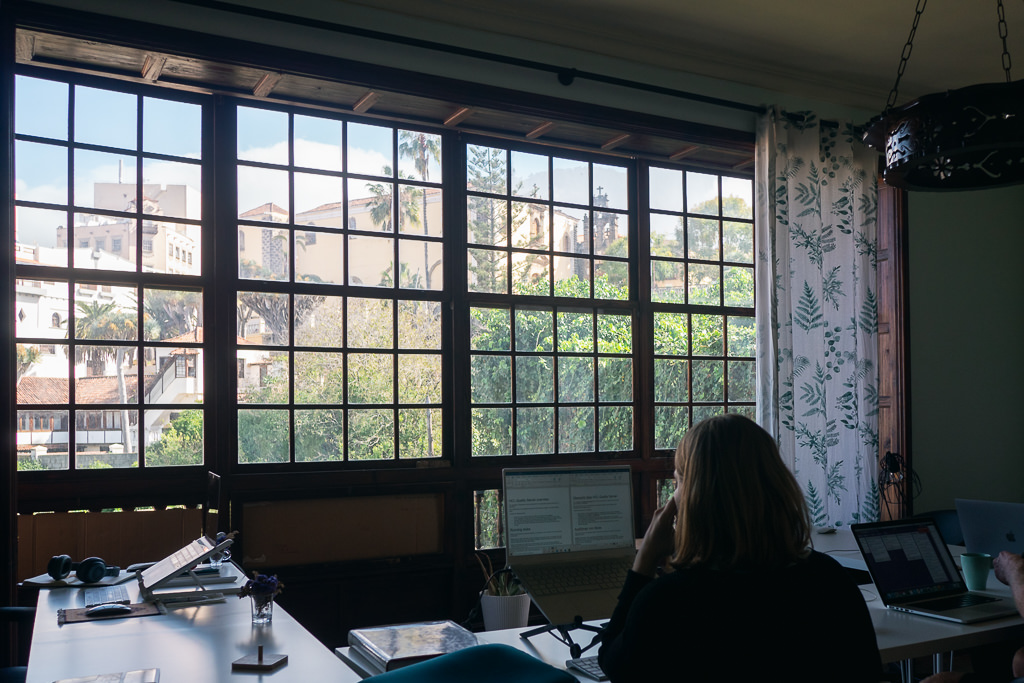
Tenerife or Gran Canaria?
Tenerife and Gran Canaria, the two most developed islands, are also the most established places to work remotely from.
Gran Canaria was the first to develop a nomad scene. Something I like about this island is that it’s fairly compact. All the roads radiate out from the capital city, Las Palmas de Gran Canaria, and everything is easy to reach.
If you like to live in a city where there is always something going on, then you’ll probably like Gran Canaria. Out of all the bigger cities on the Canaries that I visited, Gran Canaria was probably my favorite. It has a modern area with boulevards and a big city beach (faintly Miami-esque), though I was surprised to also find older areas filled with charming little streets and cozy squares with restaurants.
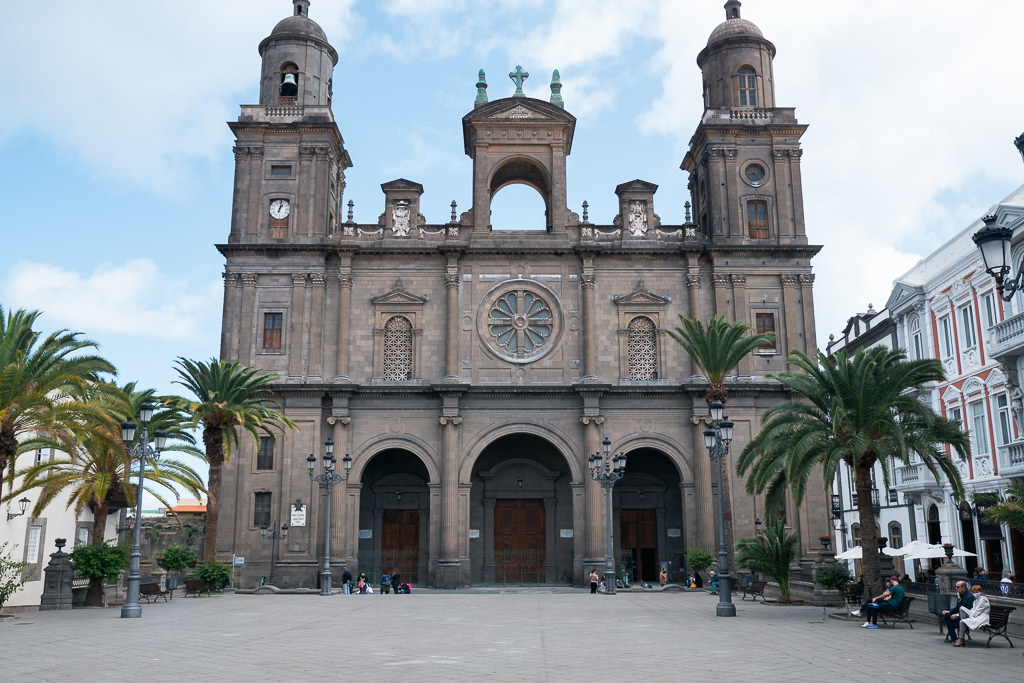
Tenerife seems to be the second most popular nomad destination. It’s physically bigger than Gran Canaria and has a giant volcano in the middle (elevation 3,715 m), which acts a bit as a natural barrier, making the island less centralized and a bit more spread out than Gran Canaria.
Tenerife’s advantage is that it has a little bit for everyone. There are multiple nomad hubs on Tenerife: the main city of Santa Cruz, the small colonial town of La Orotava with great views of the Teide volcano, and the southern coast. The latter is a lot more commercial than the north of Tenerife, but it’s great if you want to spend a lot of time surfing or relaxing on a beach.
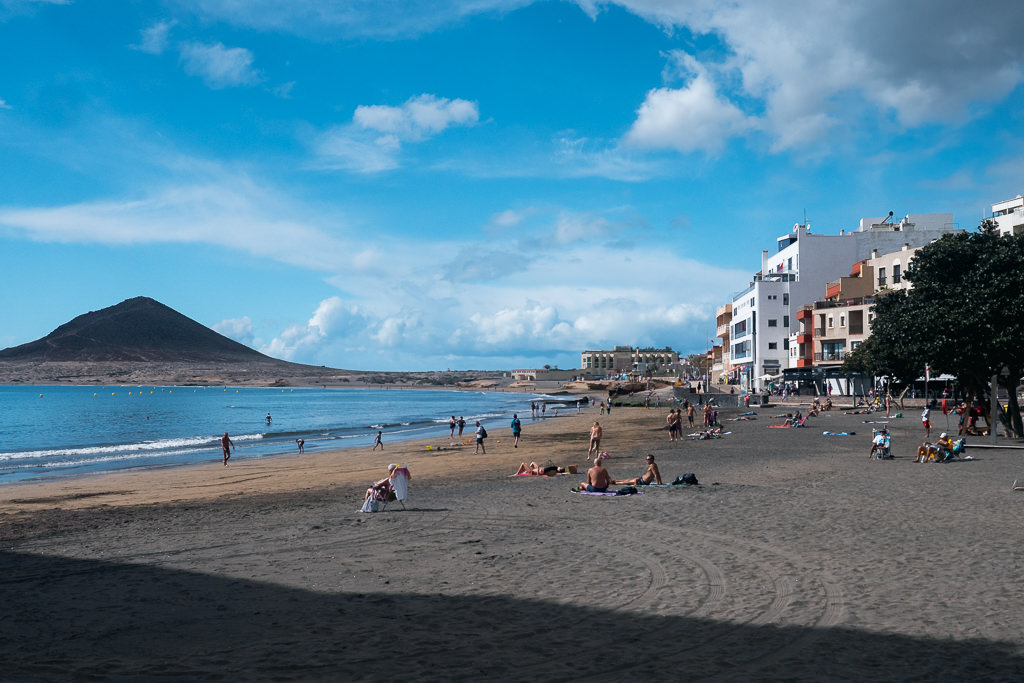
Tenerife and Gran Canaria are both trying to attract more remote workers and nomads and I think both are great destinations.
In my opinion, Gran Canaria has a slight edge if you want to be on a compact island where most people stay in the same place. If you are a nomad staying relatively shorter-term, then Gran Canaria may let you drop into the nomad scene a bit more quickly. Las Palmas is the obvious place where most nomads stay.
Tenerife may be better if you’re looking to find your specific tribe or atmosphere (e.g. city, small town, or coast). It’s also a bigger island with a great variety of things to do. If you are staying longer, you’ll have the opportunity to explore all the different corners of Tenerife. For more info, check out my Tenerife nomad guide.
Too Many Palmas
When people refer to ‘Las Palmas’, they actually mean ‘Las Palmas de Gran Canaria’, which is the capital city on the island of Gran Canaria. There is also a completely different island named La Palma (singular). To add further confusion, many islands on the Canaries also have a city named Santa Cruz. It’s all a bit of a mess! Just be sure you’re researching the correct place, and know that some people (incorrectly) use ‘Las Palmas’ and ‘Gran Canaria’ interchangeably.
How to find accommodation
I stayed in Airbnbs during my time on the Canaries, working mostly from home. I compiled a few tips for finding nomad accommodation here.
There are several highly active Facebook groups for digital nomads on Tenerife, Gran Canaria, and the Canaries as a whole where you can get tips on finding apartments.
I was a bit concerned about the internet speeds at first, so I stayed in the more developed parts of Tenerife, but then I realized that even most rural towns on the smaller islands like La Palma and La Gomera are well-connected. Most areas on the Canaries have blindingly fast fiber internet, so connectivity is not something to worry about. (The only place I heard that has bad internet is El Hierro, the most remote of the Canary Islands.)
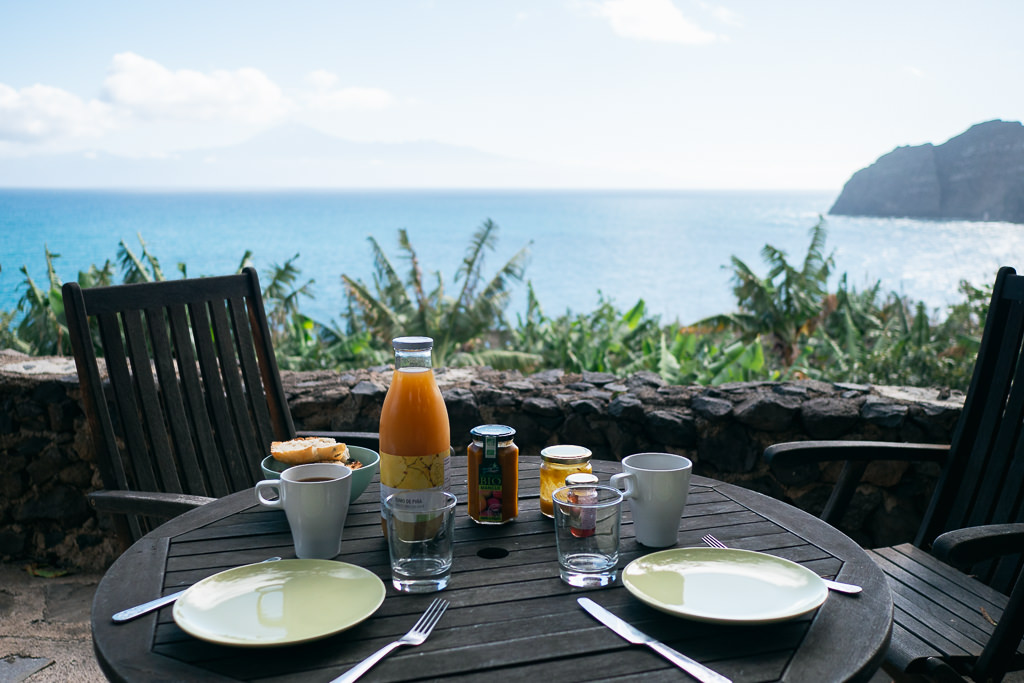
A number of co-livings have sprung up on the Canaries. A co-living is a shared house with individual bedrooms but shared facilities and co-working areas. This type of accommodation is perfect if you want a good working as well as social environment.
I visited Nine Coliving on Tenerife and was very impressed. It’s located in a gorgeous historical building, with a co-working room that looks out onto the town square. Nine Coliving seemed to have a true community feel, which is surely why it’s often fully booked, so make sure you secure your spot well in advance if you’re interested.
There are several other co-livings around, plus a few holiday home complexes on the southern coasts that pivoted to co-living for nomads, such as Amarilla Coliving. Besides the two big islands, nomad co-living communities also exist on La Palma and Fuerteventura.
Coliving on the Canaries
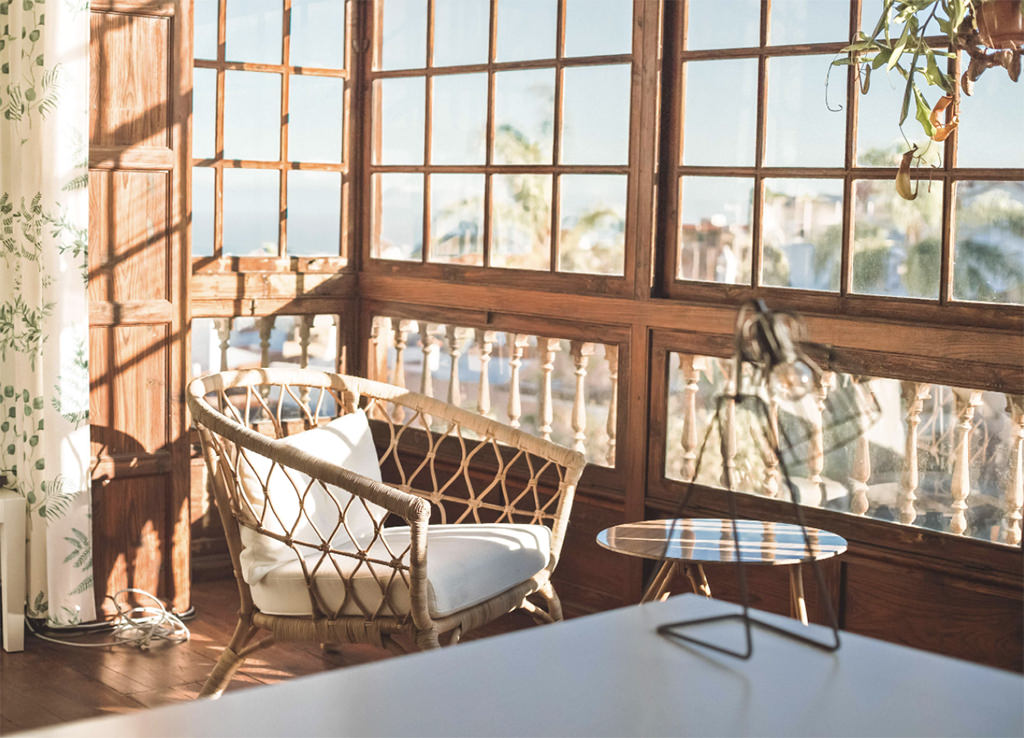
Nine Co-Living, Tenerife
Fantastic co-living based in the historical town of La Oratava, in a gorgeous building with a sunny roof terrace. Nine Co-living was designed from the ground up as a nomad co-living, with a dedicated co-working office and communal atmosphere.
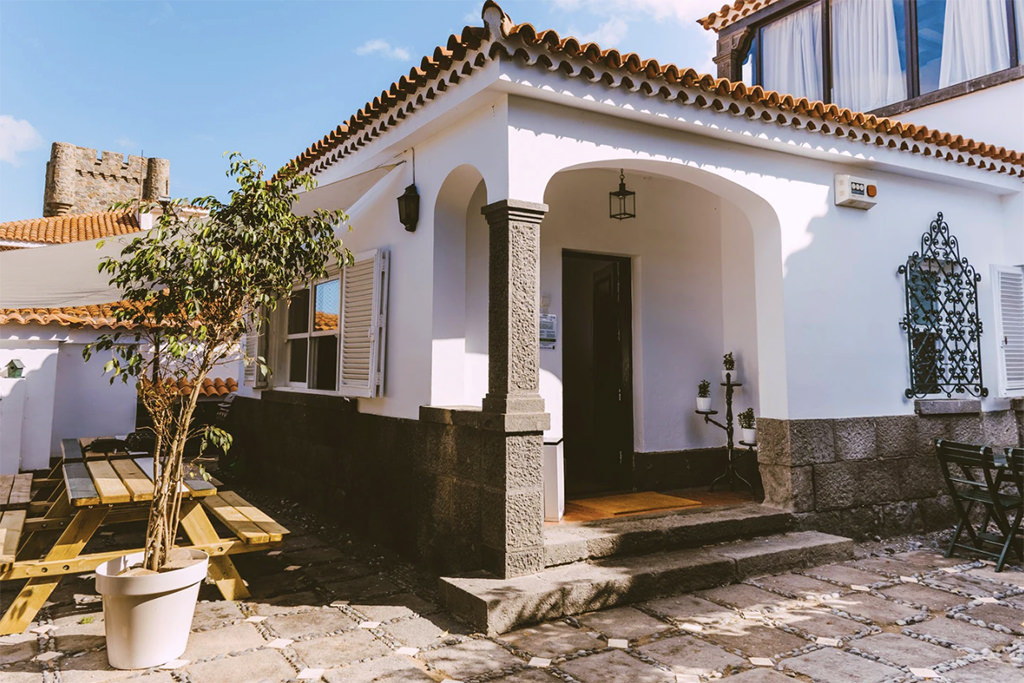
Ciudad Jardín, Gran Canaria
Community accommodation in a rural house with garden and terrace close to the city center of Las Palmas de Gran Canaria. Up to 8 residents with co-working space; weekly activities include surf, hikes, exploring the island, barbecues, and skillshares.
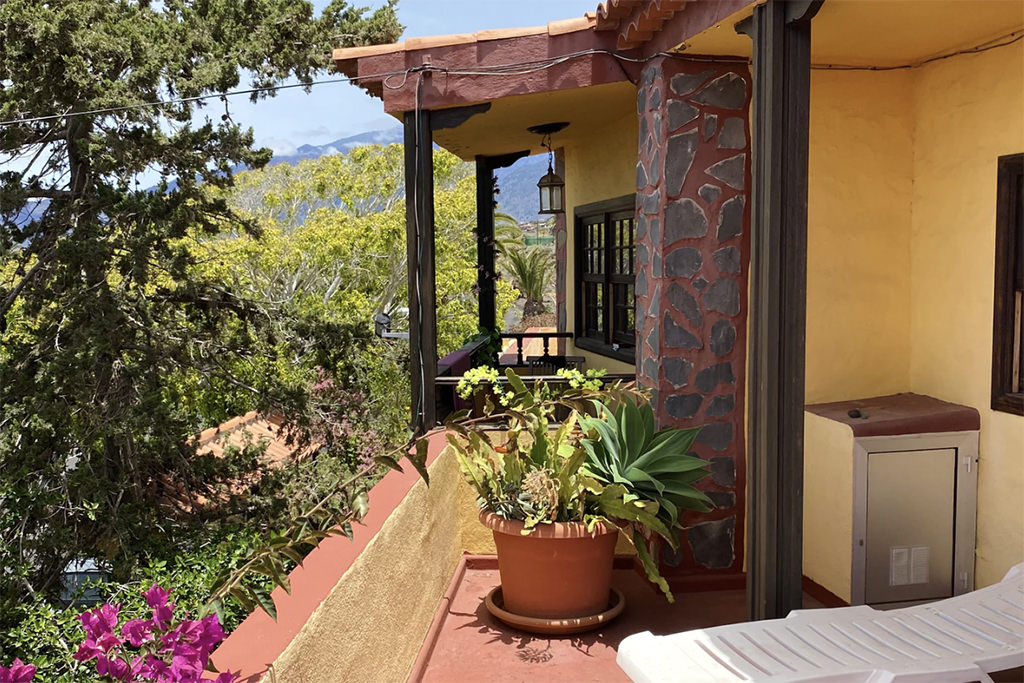
Rural house coliving, La Palma
Up to 9 residents share this country house on Las Palmas near the city of Los Llanos, centrally located to easily reach the beaches, hiking trails, and coastal towns.
Places to work from
If you don’t want to work from home during your stay, the good news is that there are also plenty of co-working offices to work from.
There are about a dozen coworking places on both Tenerife and Gran Canaria, with a few more sprinkled across the other islands.
However, there are not many laptop-friendly cafes that are great to work from. The cafes on the Canaries seem to fall into two categories. You have the typical tascas that have metal tables, football on TV, and serve greasy tapas. Or you have a few rare specialty coffee or pastry places, though they’re the kind where couples go to have a nice Instagrammy breakfast, so pulling out your laptop might feel a bit weird.
Perhaps more work-friendly cafes will pop up in the future, but until then the wealth of co-working offices (and co-livings) will give you a suitable working environment.
South or north?
If you check the guides and groups for the two islands, you’ll constantly see people arguing over whether the north or south side is the best.
For both Tenerife and Gran Canaria, they make the case that the south is shielded from the Atlantic trade winds, so the weather is more consistent there. However, the south coasts are also super commercial, with numerous hotels, apartment complexes, hard rock cafes, golf courses, theme parks, etc. These areas are completely dedicated to mass tourism, often focused on an older retirement crowd or a British beer-drinking crowd.
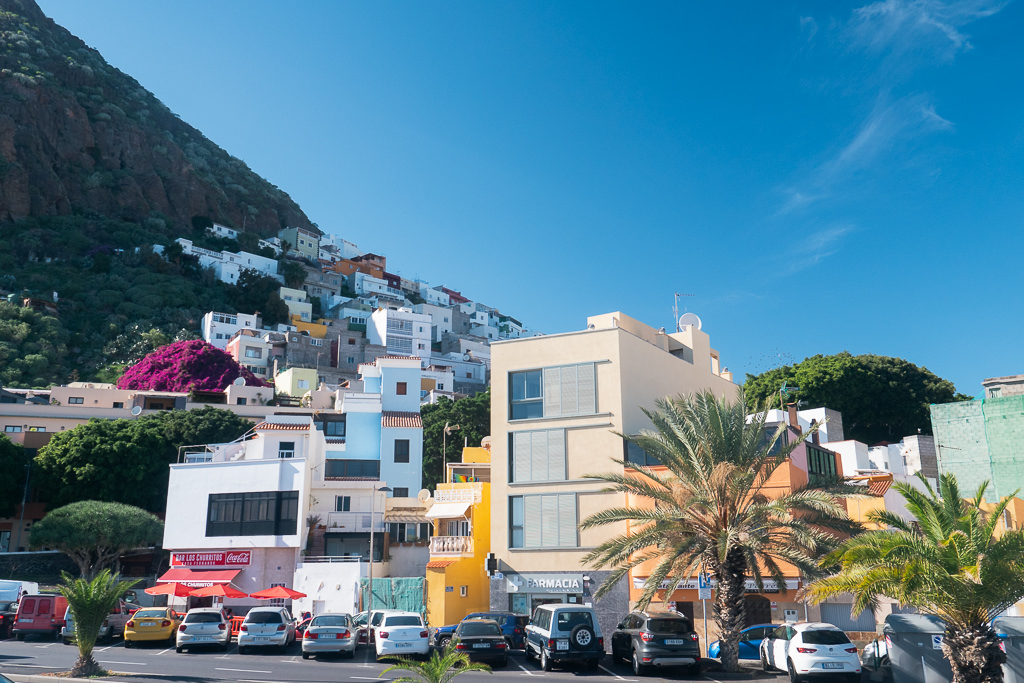
The northern parts of the islands are greener and somewhat less touristy. It might be slightly cloudier every now and then, but the vibe is also more relaxed, the landscapes look nicer (in my opinion) and the prices may be a bit lower too. The north is generally more for those who want a ‘local’ experience.
I’ll be honest: I’m not a fan of the south in Tenerife and Gran Canaria. I tend to like more authentic places, for lack of a better word, so these mass tourism areas are not my style. That’s just me and there are plenty of nomads who swear by the south — usually because of the convenience, entertainment options, or the beaches.
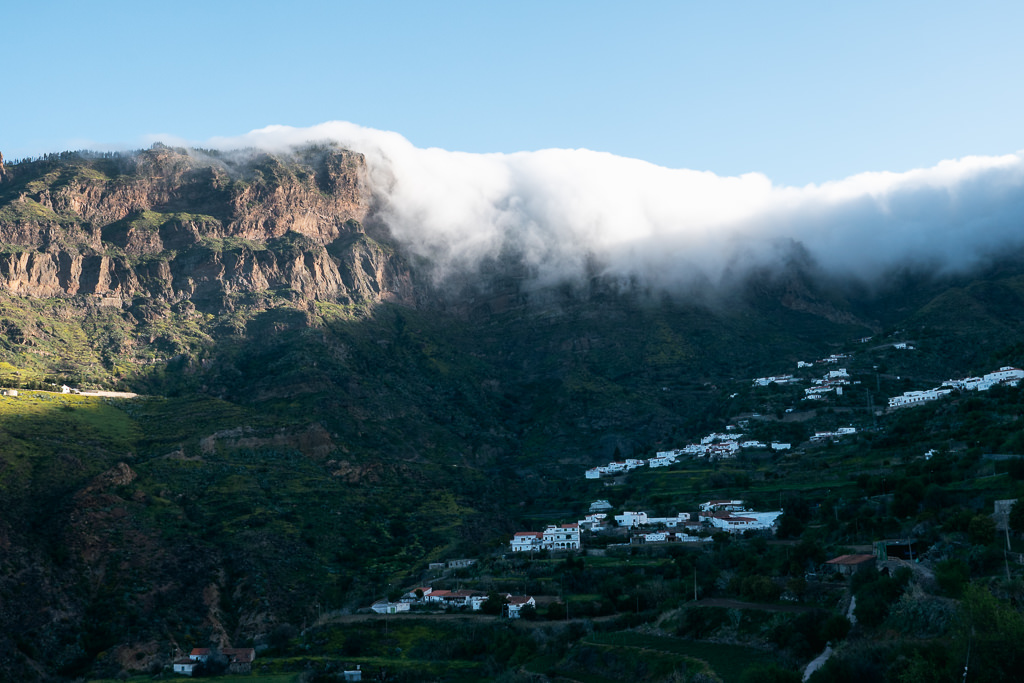
When I looked for information about the Canaries prior to visiting, I saw a lot of videos with cruise ship tourists and German or British pensioners. This image is somewhat accurate for the mass tourism-oriented areas, but not necessarily for the local or nomad/expat areas, which have a mix of ages and appeal also to more outdoorsy or active travelers.
When you ask about the north versus south in chat groups, you often get answers from locals who are biased towards one side (because they offer accommodation there) or nomads who only stayed on one half of the islands. It’s best to go with your gut and pick the area that calls out to you.
The other islands
Tenerife and Gran Canaria are the most established remote hubs, so if you want to socialize and be part of a network, then these may be your best bet.
The other islands also have great internet and can make for a great (potentially quieter) base. From a pure tourist point of view, I think islands like La Palma and La Gomera are more beautiful, less commercial, and have a certain kind of soul that is easy to like. On the other hand, they don’t have the convenience or social network that many nomads seek.
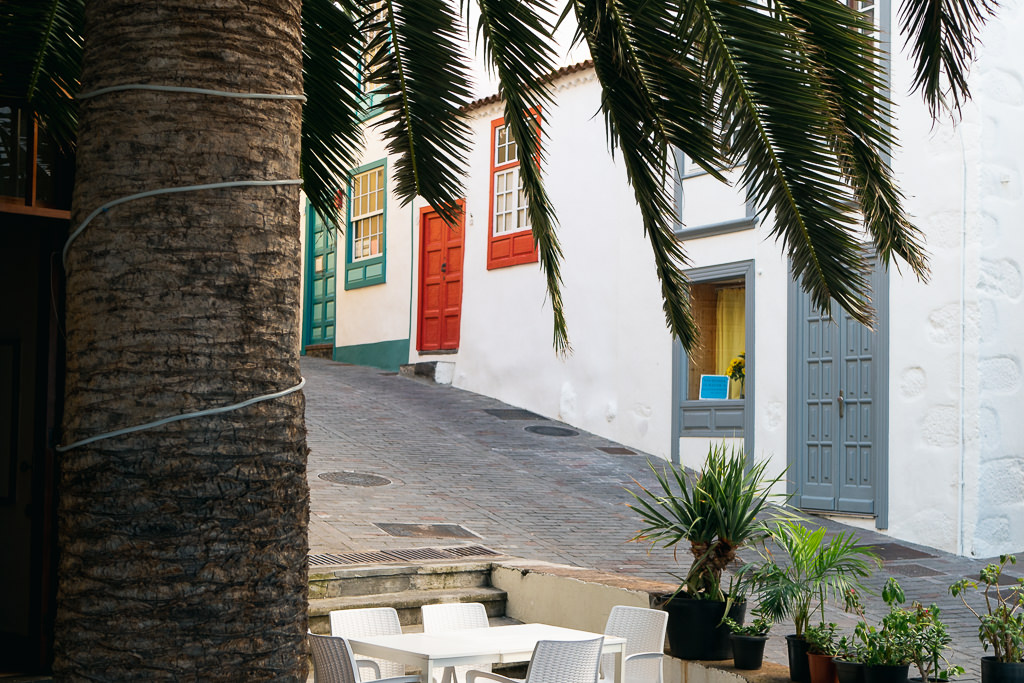
If you’re just looking to stay in a holiday home somewhere without necessarily being in a buzzing nomad scene, then these are incredible islands to spend some time on, even for a weekend getaway from Tenerife or Gran Canaria. I went to these islands mainly to create travel guides for this blog and they were my personal favorites, though I realize many nomads or expats may wish to be based closer to a city or lively hub.
That said, there are some co-livings on the other islands, including La Palma and Fuerteventura. If you don’t really need to be near a busy city, and you’re into things like surfing, hiking, and nature, then it’s worth giving these more ‘remote’ working locations some serious consideration as well.
Some links may be affiliate links, meaning I may earn commission from products or services I recommend. For more, see site policies.
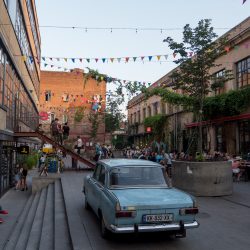
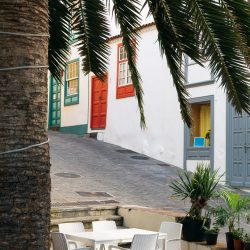




Hey! I loved reading this, would love to hear more about La Palma! I ended up living in Médano for about a year because I fell in love with the town and Tenerife, but also the fact that I made local friends in Médano and didn’t really hit any nomad events until about 8mo later. Was thinking of maybe giving La Palma a try, since I’m not really interested in coliving and the whole nomad scene, but really getting a full local experience and making some true friends (meeting nomads would be cool too! Haha)
Where would be the best place to work from for 2 months and have surfing at your doorstep? We would probably work from the airbnb so co-working spaces not necessary. Any help appreciated
Is it also important to say that you can go to every island by plane in 30 minutes…so if you want to go to other island from Las Palmas, for example, you can go the same day in the morning and be back in Las Palmas or wherever you are at night in both islands (Gran Canaria and Tenerife). We also have to remember that Gran Canaria has been a hub for digital nomads and remote workers for years, and Tenerife or Fuerteventura are now doing a lot of marketing and getting a lo of nomads in the last months, which is also nice, all the islands can be a good place for remote workers and digital nomads.
That’s a good point, it’s very easy to hop around and for example do a weekend on another island
It is ok but I have to correct you when you say that Tenerife has city, coast and many things to do….in Gran Canaria you also have coast, in fact better and bigger beaches than Tenerife, like Maspalomas. In Gran Canaria you also have a lot of little towns like Agaete, Teror, Tejeda, etc so a lot to explore. Las Palmas is the biggest city of the Canary Islands by far so if you look a city, Gran Canaria is the place.